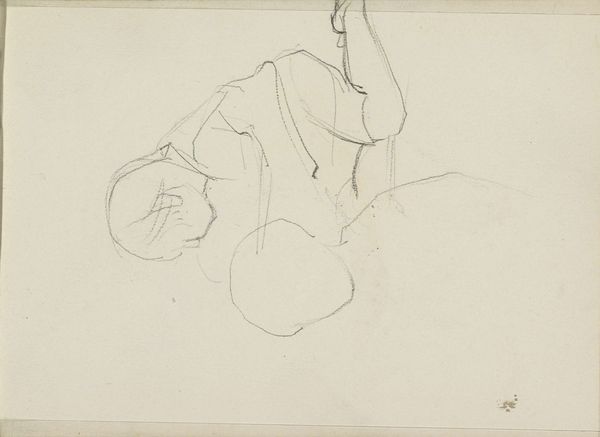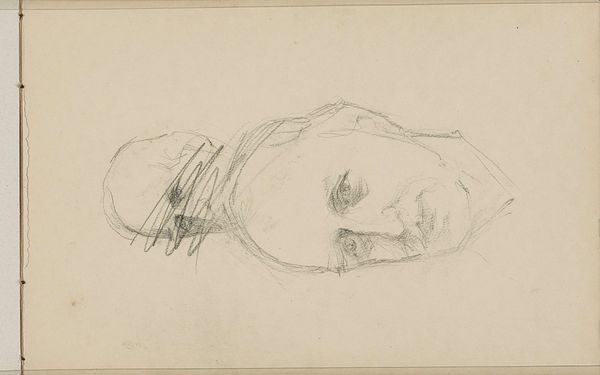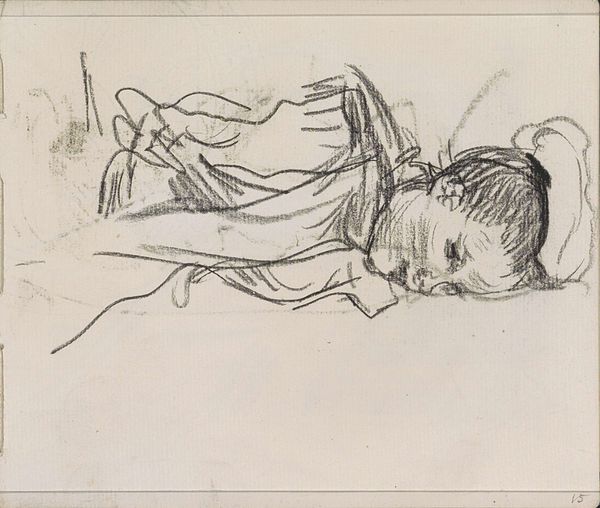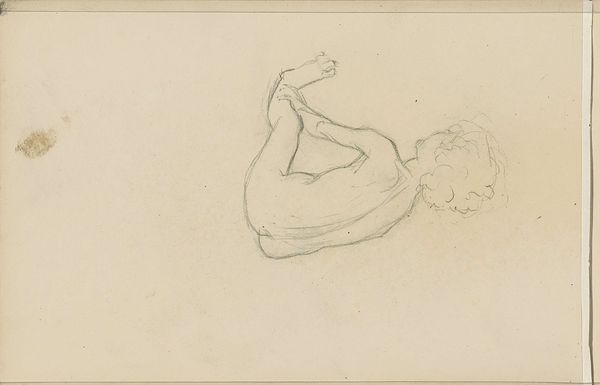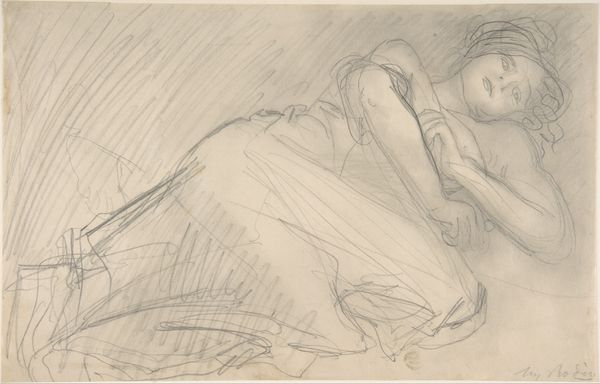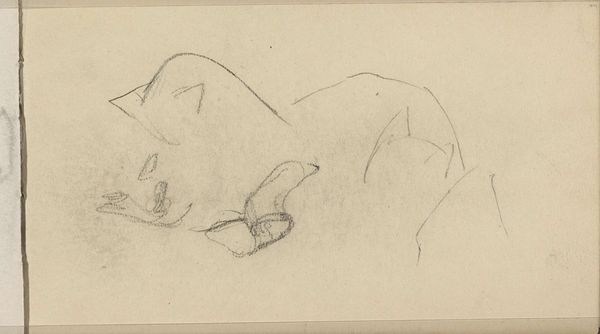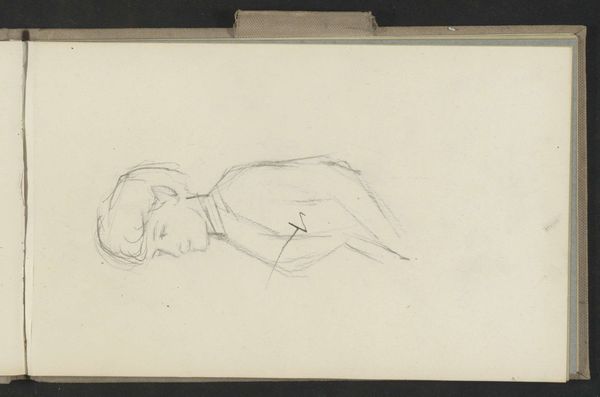
drawing, pencil
#
portrait
#
drawing
#
dutch-golden-age
#
pencil sketch
#
pencil
#
portrait drawing
#
realism
Copyright: Rijks Museum: Open Domain
Editor: This is Jozef Israëls's pencil drawing, "Handwerkende vrouw," made sometime between 1834 and 1911. There’s something quite delicate and pensive about it. What strikes you most about this work? Curator: The intimacy of this drawing is compelling. We see a woman engaged in domestic labor, but it’s more than just a scene; it’s a glimpse into the lived realities of women during that era. The sketch offers a potential critique of the social structures that confine women to these roles. Consider the context of the Dutch Golden Age, with its emphasis on genre painting, and how Israëls both participates in and subtly questions that tradition. What kind of narrative do you think it creates for the viewer? Editor: I see how it can open dialogue about gender and labor. It’s more than just a depiction; it prompts questions about social roles. It feels both intimate and distant somehow. Do you think that was intentional? Curator: Absolutely. The use of pencil, the softness of the lines, the seemingly unfinished quality – all of this invites the viewer to consider the subject's vulnerability. It is possible that he aimed to create a narrative centered on female empathy, reflecting a shift in perspective from previous periods in art. Perhaps what we read as vulnerability might be interpreted as strength forged through daily experiences. How does recognizing the history affect your understanding? Editor: That really reframes how I see it. The "unfinished quality" suggests a fleeting glimpse into someone's life, full of hardships but strength too, as if we’ve intruded on a private moment and raises all sorts of questions about identity. Curator: Exactly. It underscores how artistic representation intertwines with identity and socio-political narratives, and opens opportunities to reflect on whose stories get told, and how, especially regarding marginalized communities. It invites the observer to contemplate the broader impact of art. Editor: I see the artistic value so much better now and the importance of knowing about intersectional narratives.
Comments
No comments
Be the first to comment and join the conversation on the ultimate creative platform.

